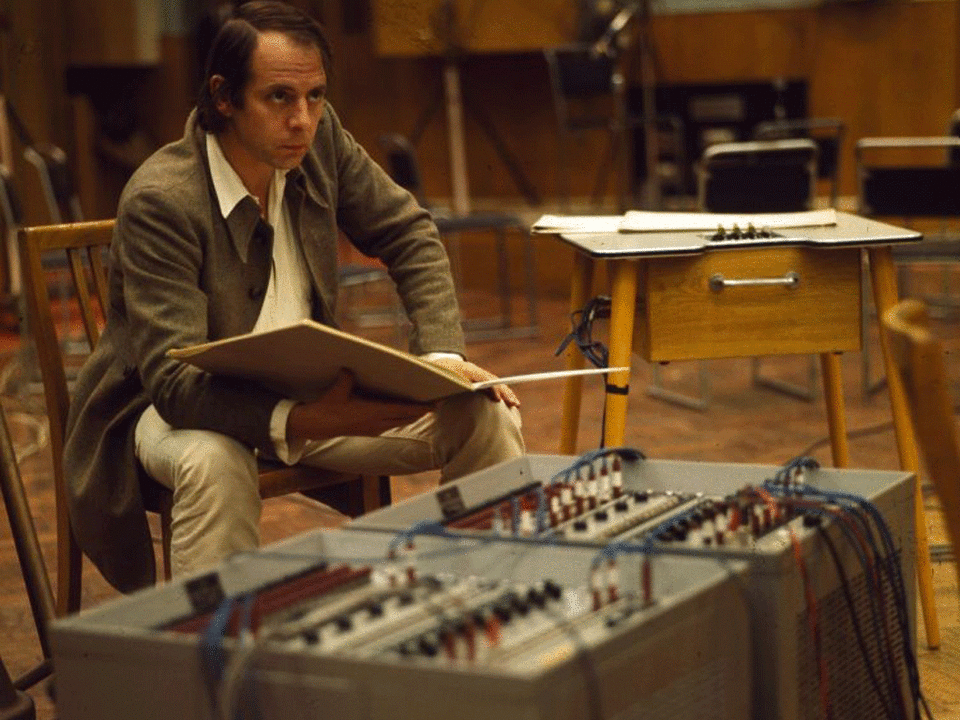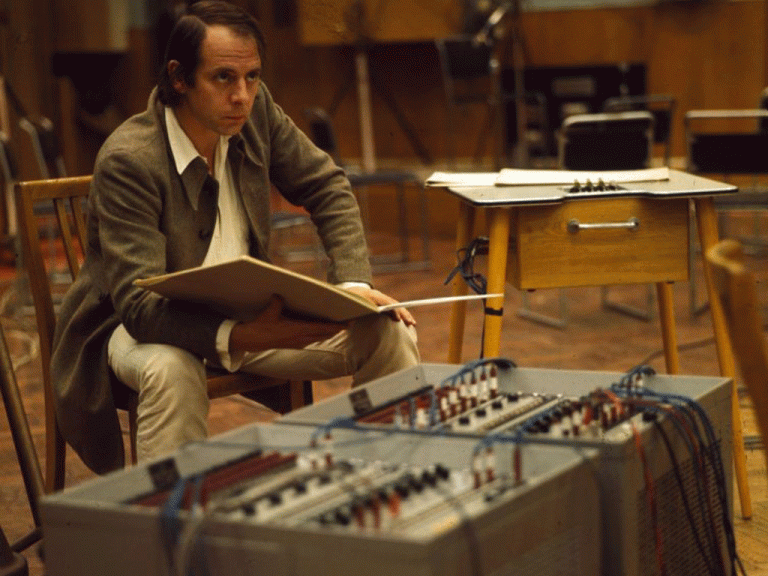Studio for Electronic Music: Why was the German recording facility so innovative?
Today’s Google Doodle marks the 66th anniversary of the Studio for Electronic Music, opened in Cologne, Germany, on this day in 1951.
Berlin-based illustrator Henning Wagenbreth’s design celebrates a facility hailed as “the first modern music studio”, a home for electronically-synthesised sound that positively demanded envelope-pushing innovation from any artist who dared to pass through its doors.
Founded by composers Werner Meyer-Eppler, Robert Beyer and Herbert Eimert as part of the West German Broadcasting radio station in the midst of the Cold War, the studio was equipped with state-of-the-art equipment for the optimal production of brave new electronic sounds.
Unfamiliar instruments available to musicians for the first time at the studio included the Monochord and Melochord, precursors to the modern synthesiser.
Controversial composer Karlheinz Stockhausen (1928-2007) is probably its most famous alumni but its progressive example paved the way for such pioneering krautrock bands as Kraftwerk and CAN and the uncompromisingly avant-garde and frequently alarming sounds of Einsturzende Neubauten.
Its influence can be traced even further, with all modern dance, house and trance music owing some debt to the aural experiments carried out in Cologne.
Check out the playlist below for a taste of the Studio for Electronic Music's extraordinary output, featuring the likes of Eimert, Karel Goeyvaerts and Paul Gredinger.


